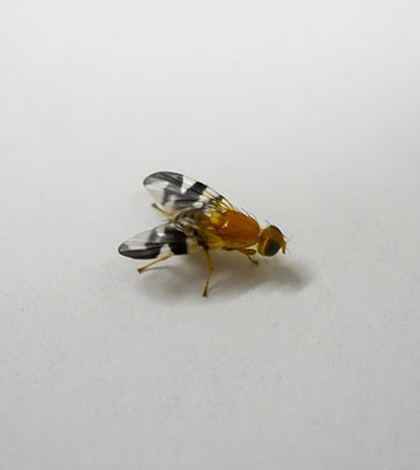Urban green spaces support limited biodiversity

According to a report in Lab Manager, a University of Iowa study led by biology graduate student Amanda Nelson showed that even though cities may make an effort to plant green spaces to preserve wildlife, it may not work as well as previously thought.
Nelson and her team of a dozen undergraduates collected fruit and nut specimens from 250 sites. Although they found there were more black cherry and black walnut trees in cities than in rural areas, they found significantly fewer fruit flies in the cherries and walnuts of urban trees. The group’s finding suggests that the planting of host trees is not enough to maintain the healthy diversity of insect and other populations in the normal food chain, despite the presence of the same native North American cherry and walnut trees present in the natural environment.
Nelson’s group believes that the presence of barriers in city areas, such as pavements and buildings, may prevent flies and other insects from meeting and breeding with other populations, limiting their genetic diversity and hardiness. Data from the study is still being analyzed in an effort to determine which manmade barriers are the most daunting for fly populations, and how it might be possible to redesign city green space to better preserve biodiversity.
Top image: Certain species, such as the walnut fly, may be limited by urban barriers. (Credit: Andrew Forbes)





0 comments